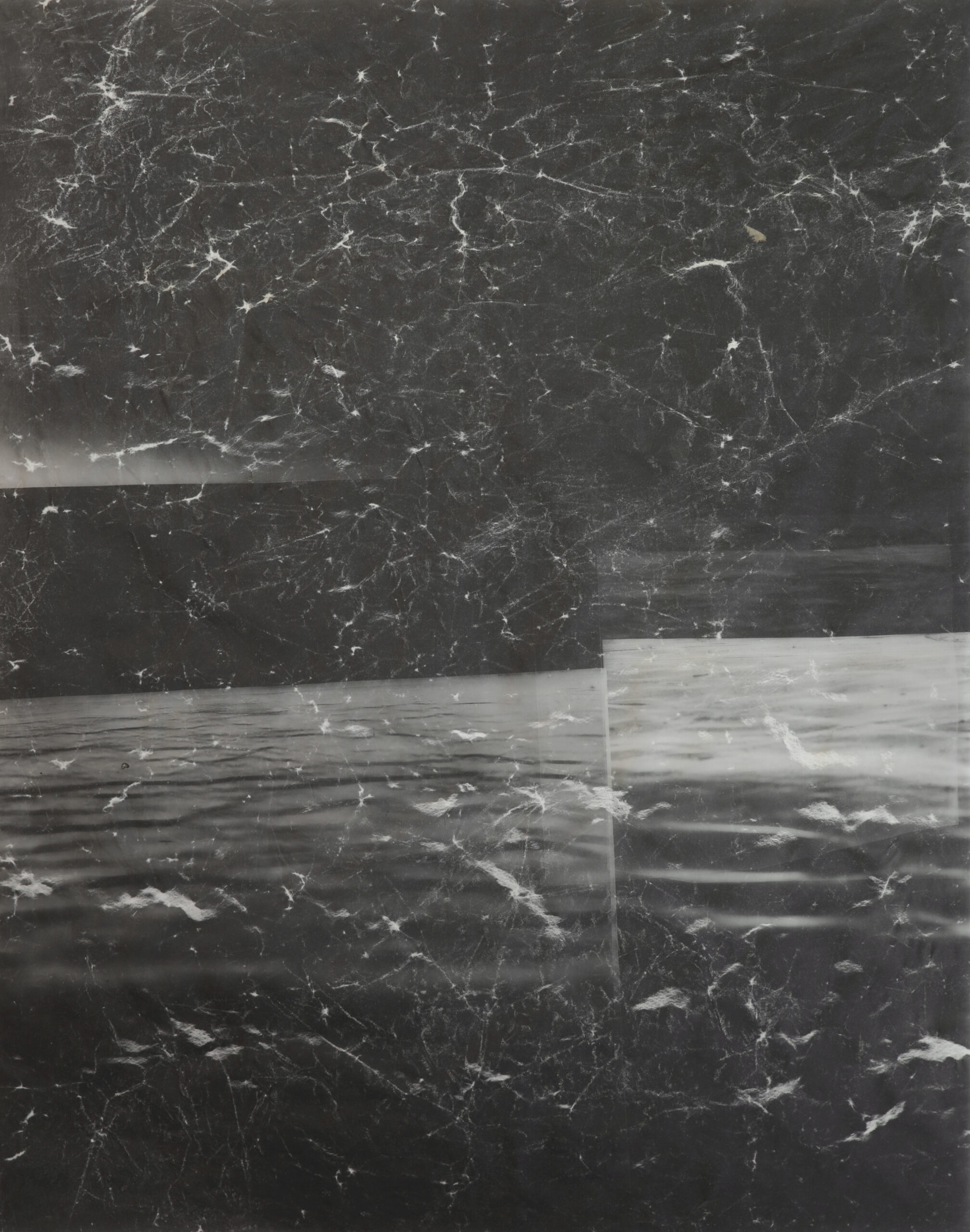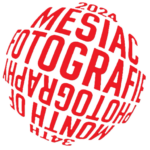SVETOVÉ PRÍRODNÉ DEDIČSTVO
WORLD NATURAL HERITAGE
MICHAL HUBA
CHRONOTOPY A CHRONOTOKY
CHRONOTOPES AND CHRONOFLOWS
Záujem o časopriestorové artikulácie, procesuality a udalosti krajiny ale predovšetkým o vzájomný vzťah krajiny ako „tušenej“, „predpokladanej“ či dokonca (v postuláte) nevyhnutnej „noumenality“ (veci o sebe) a krajiny ako fenomenálnych a mediálnych (prevažne fotografických) dvojníkov (vecí pre nás) tejto „noumenality“, je ústredným námetom fotografickej tvorby Michala Hubu. Fascinácia problematikou chronotopov a chronotokov krajiny a mediality krajinárskej fotografie sa v jeho tvorbe lokalizuje v liminálnom topose pomedzia Malých Karpát a Borskej nížiny. Je to principiálne kontaktné štúdium krajiny, ktoré sa deje rovnako krokom ako pohľadom, zrakom upretým pod nohy, ale aj ohmatávaním krajinných fragmentov, sedimentov prírodnej a kultúrnej histórie a chápaním procesov a udalostí artikulujúcich krajinu prostredníctvom erudície geologicko-geograficko-archeologicko-historickej lektúry, prevrstvovanej náhlymi transgresiami zmyslovej (estetickej) skúsenosti.
Kurátor: Norbert Lacko
Michal Huba’s photographic work centres on the relationship between landscape as ‚suspected,‘ ‚presumed,‘ or even inevitably ‚noumenal‘ (things in themselves) and landscape as phenomenal and media (mostly photographic) doppelgängers (things for us) of this ‚noumenality.‘ His interest lies in the spatio-temporal articulations, processes, and events of a landscape, but most importantly in this interplay between the noumenal and phenomenal aspects of nature. His fascination with landscape chronotopes and chronoflows, as well as the mediality of landscape photography, is localised in the liminal zone between the Small Carpathians and the Borská nížina lowland. Huba’s work essentially constitutes a contact study of the landscape, unfolding as much through physical steps and gazes underfoot as through the tactile engagement with landscape fragments and sediments of natural and cultural history. His process involves understanding the forces and events that shape the landscape, informed by geological, geographical, archaeological, and historical knowledge, overlaid with sudden transgressions of sensory (aesthetic) experience.
Curator: Norbert Lacko



